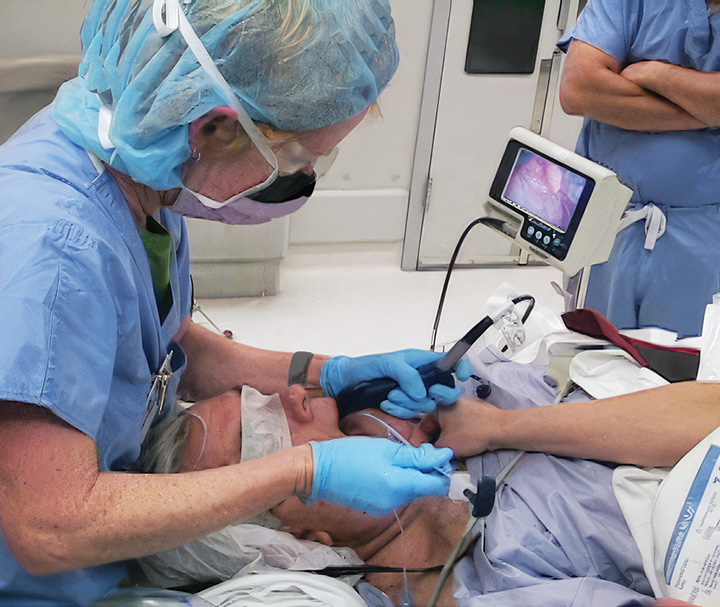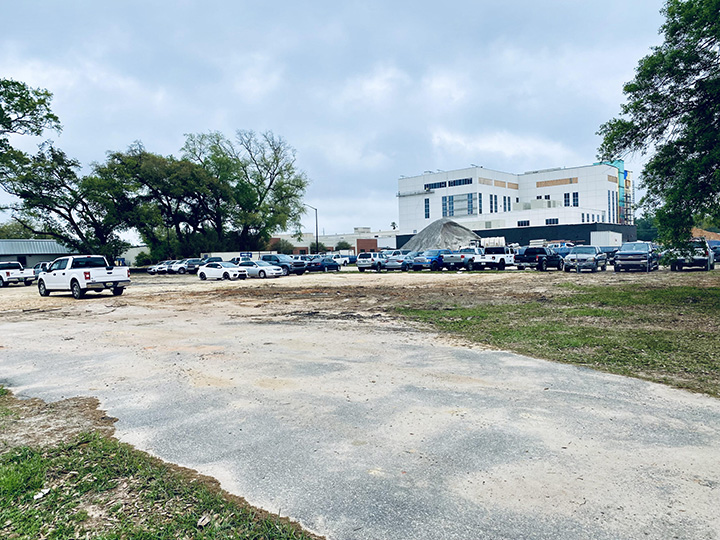With staff difficult to find and the financial numbers not adding up for many facilities, one of these three arrangements could help.
 WIDE OPEN The combination of an ever-growing shift of increasingly complex procedures to outpatient settings and a shrinking supply of anesthesia providers is spawning new ideas about financial arrangements between ASCs and anesthesia groups.
WIDE OPEN The combination of an ever-growing shift of increasingly complex procedures to outpatient settings and a shrinking supply of anesthesia providers is spawning new ideas about financial arrangements between ASCs and anesthesia groups.
Growing demand for anesthesia services at ASCs is being met with a dwindling supply of anesthesia providers. As new ASC ventures are planned, it’s important to determine what it will take to pay for and staff the anesthesia component of care in the midst of a very difficult labor situation.
Joseph A. Rodriguez, DNAP, CRNA, managing partner of Arizona Anesthesia Solutions: A Guide Healthcare Company in Phoenix, has some thoughts on how ASC and anesthesia providers can negotiate the current difficulties in as "win-win" a fashion as possible. Dr. Rodriguez points in particular toward an increased need for anesthesia subsidies as anesthesia provider groups consolidate, more anesthesia providers retire or leave the industry, and more complex surgeries and service lines continue to migrate to ASCs.
"Understanding the current economic fundamentals of anesthesia services is more crucial than ever for ASC administrators," says Dr. Rodriguez. He notes that anesthesia expenses are multidimensional, spanning factors such as overall time required, case complexity, provider availability, payor mix and volume. "The cost of providing anesthesia services often exceeds the fees collected," he says. This situation increasingly necessitates financial support for anesthesia providers from ASCs, especially at facilities with poor OR utilization, long service times or low volume, he says.
When an anesthesia provider or group requests a financial assistance agreement with an ASC, says Dr. Rodriguez, three basic types of arrangements may be feasible:
Volume minimums. "The parties agree that a minimum number of cases will be present within a given time — usually daily, monthly or even quarterly," says Dr. Rodriguez. "If the agreed-upon volume is present, no fee is assessed by the anesthesia provider. If not, a fee is assessed. The advantage of this setup is that both parties are generally aligned in terms of ‘more work equals more revenue.’" Disadvantages, he says, revolve around controlling for variability in terms of revenue from different types of cases and payors, and the increased time and cost associated with more volume. Agreeing on efficiency metrics such as anesthesia units per hour can be helpful to both parties, he says.
Flat subsidy. A flat fee each month or quarter works well at ASCs where volume, payor mix and service time are consistent, says Dr. Rodriguez. "However, when those factors change, the flat subsidy may result in either an underpayment or overpayment, and it becomes a guaranteed (rather than potentially diminishing) line item for business owners," he adds.
Collections guarantee. "Both parties agree on an overall cost of doing business for a given time period," he says. "Collections are then measured and reported. If collections fall below a certain threshold, the ASC pays a fee to the anesthesia group to eliminate the shortfall." Dr. Rodriguez says that under such an arrangement, costs will decline for ASCs whose volume and efficiency rise. For ASCs whose volume and efficiency decline, however, their cashflow would be negatively impacted.
"Customizing these agreements to suit specific requirements is the key to establishing a mutually beneficial relationship with your anesthesia provider," says Dr. Rodriguez.
.svg?sfvrsn=be606e78_3)


.svg?sfvrsn=56b2f850_5)